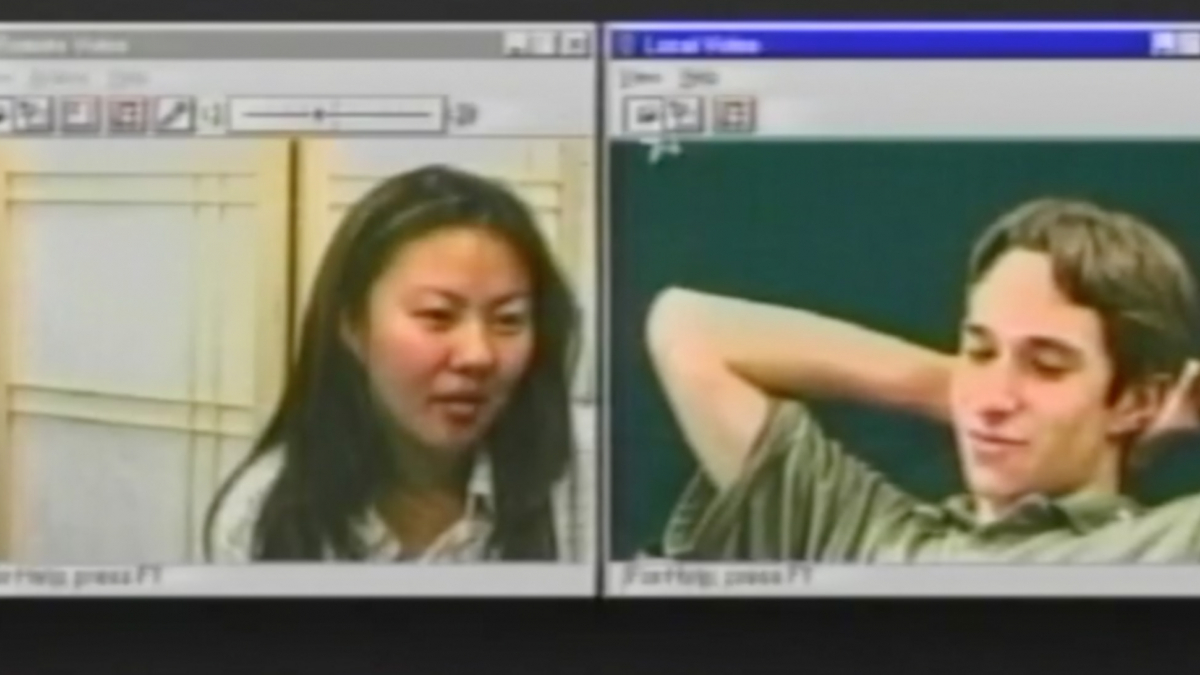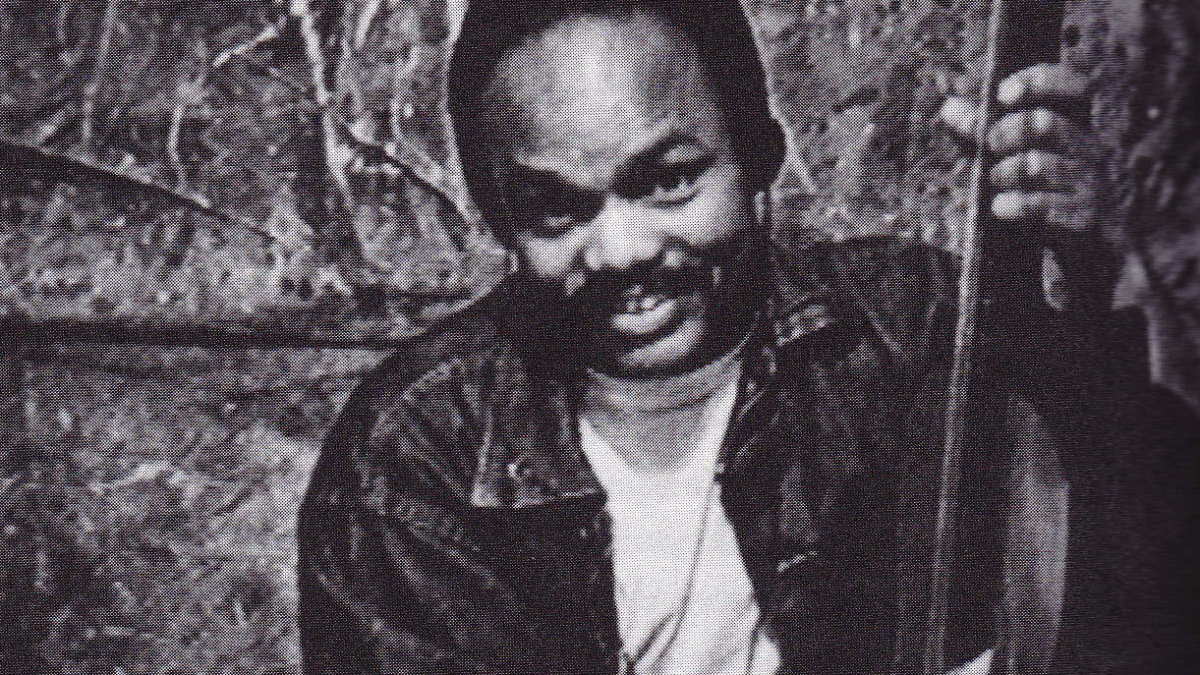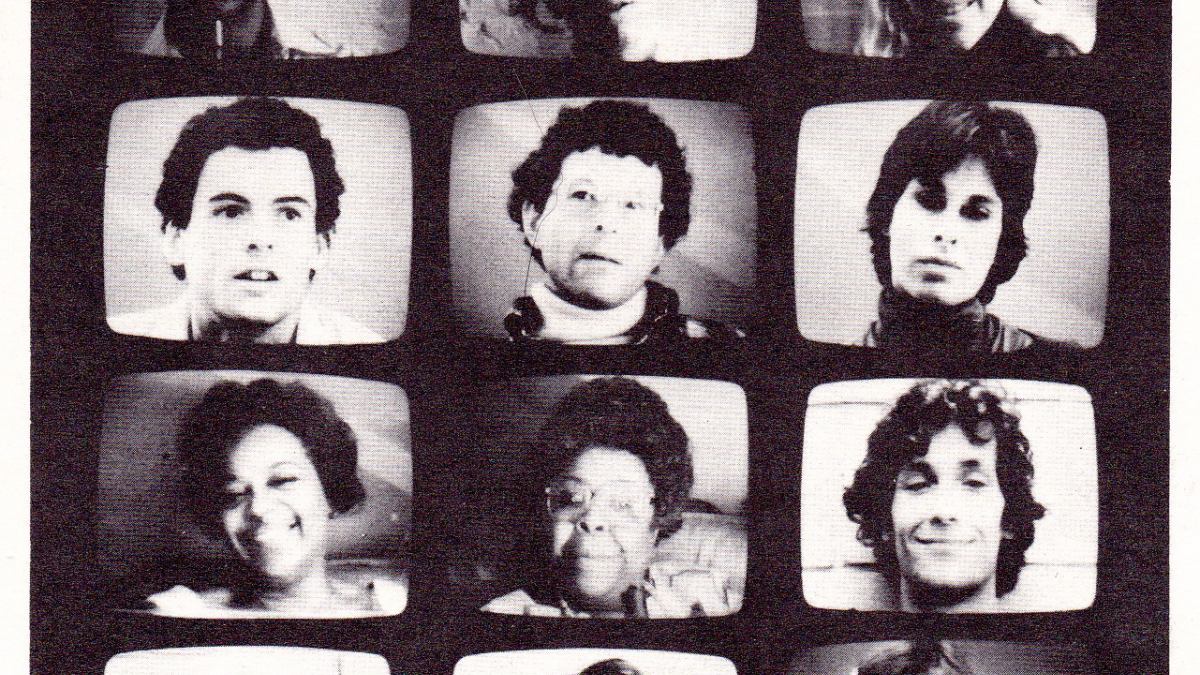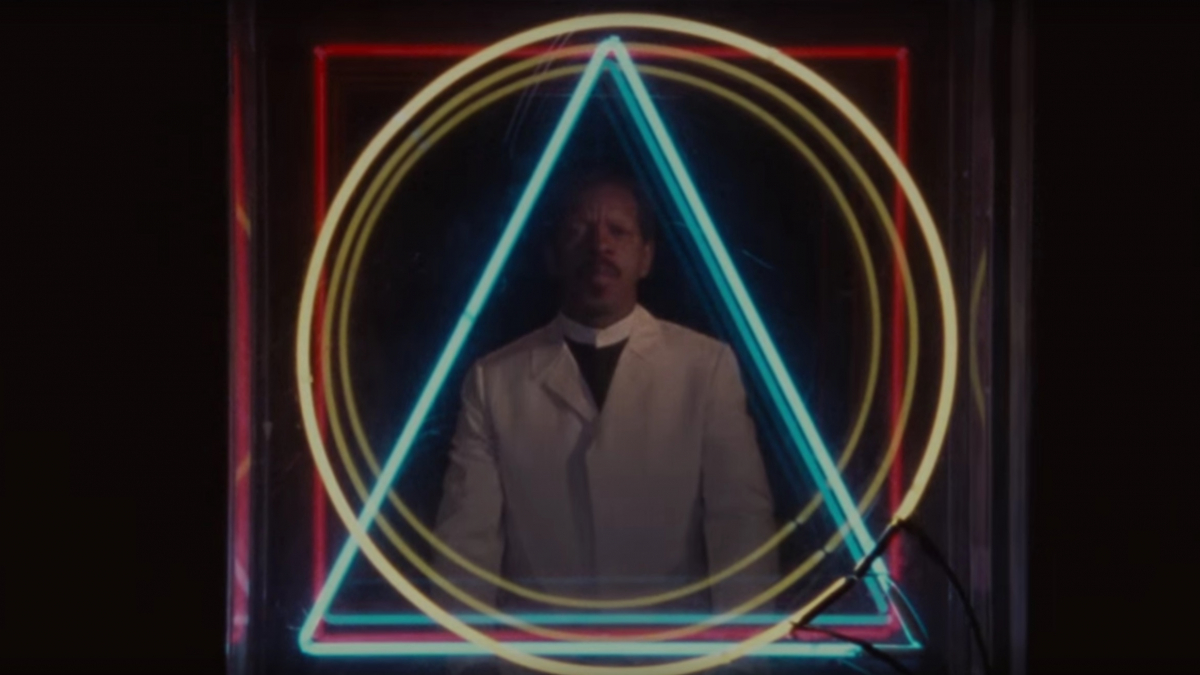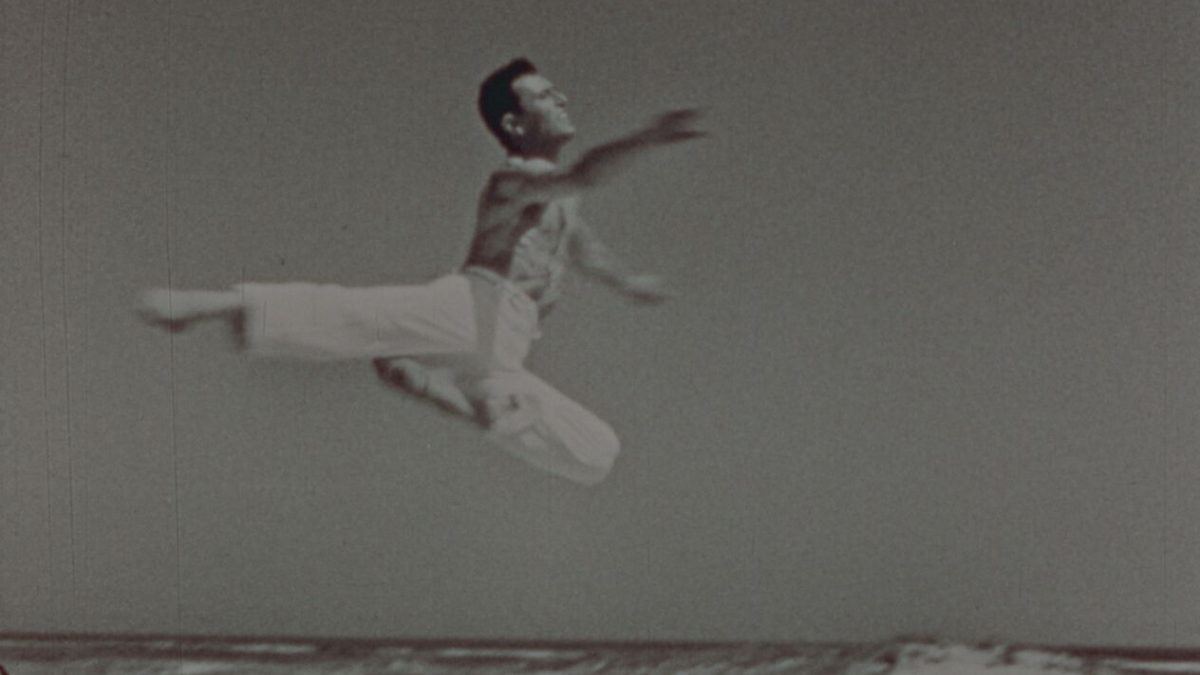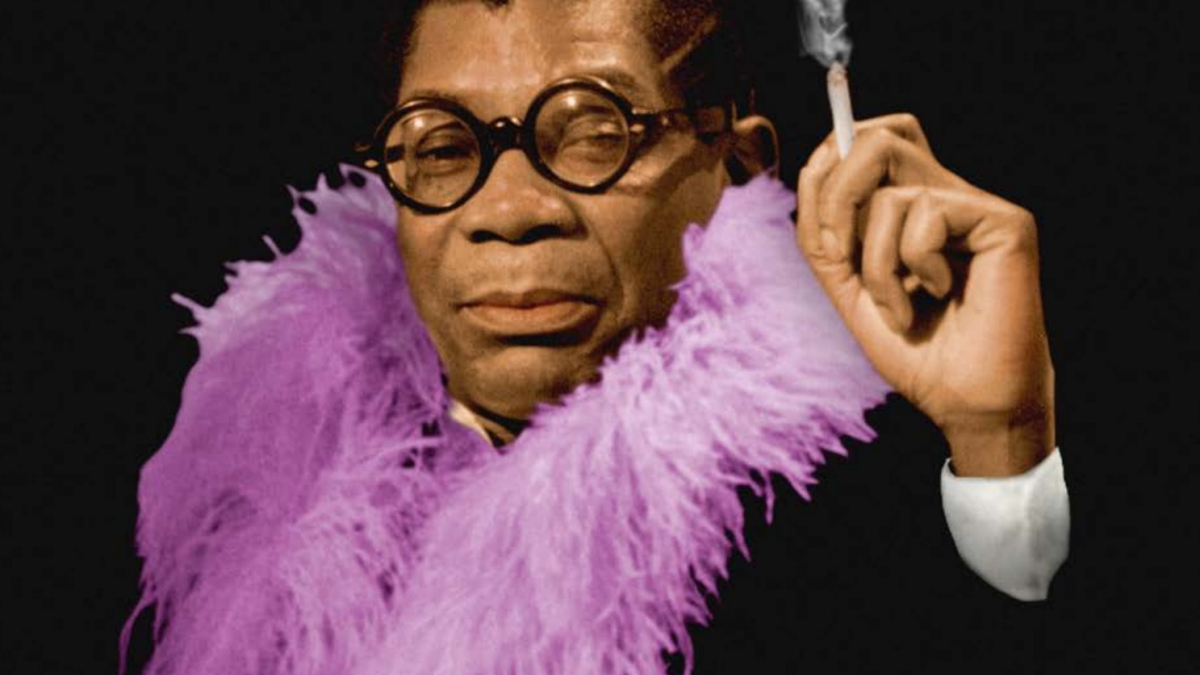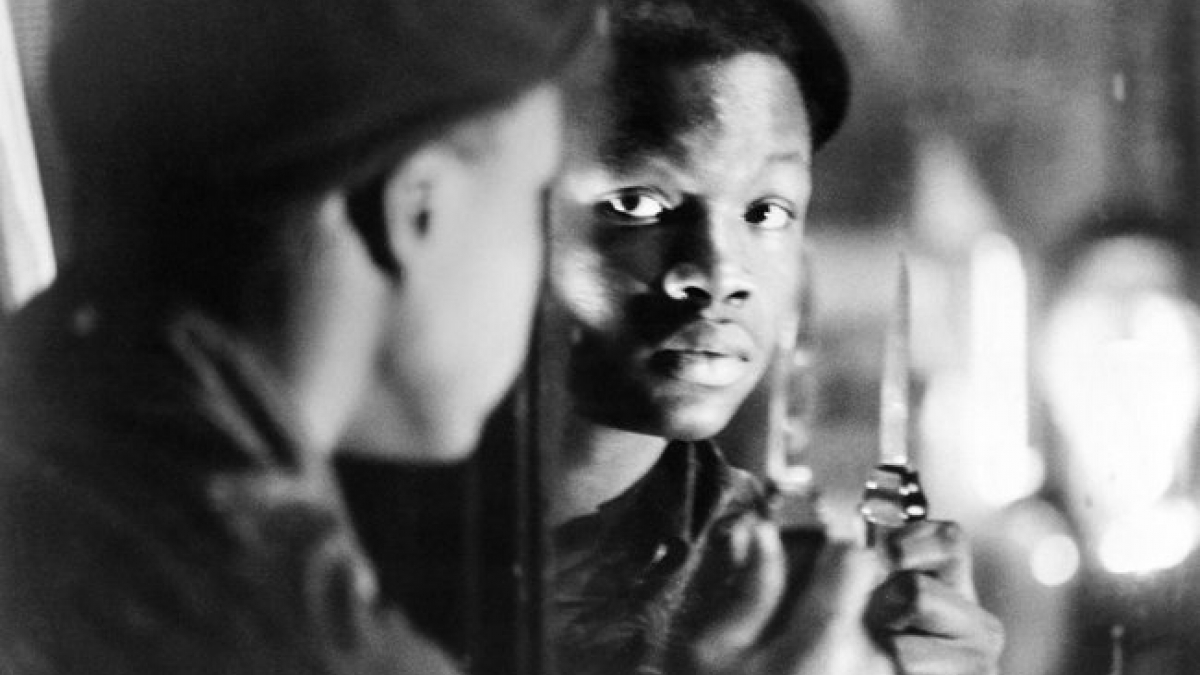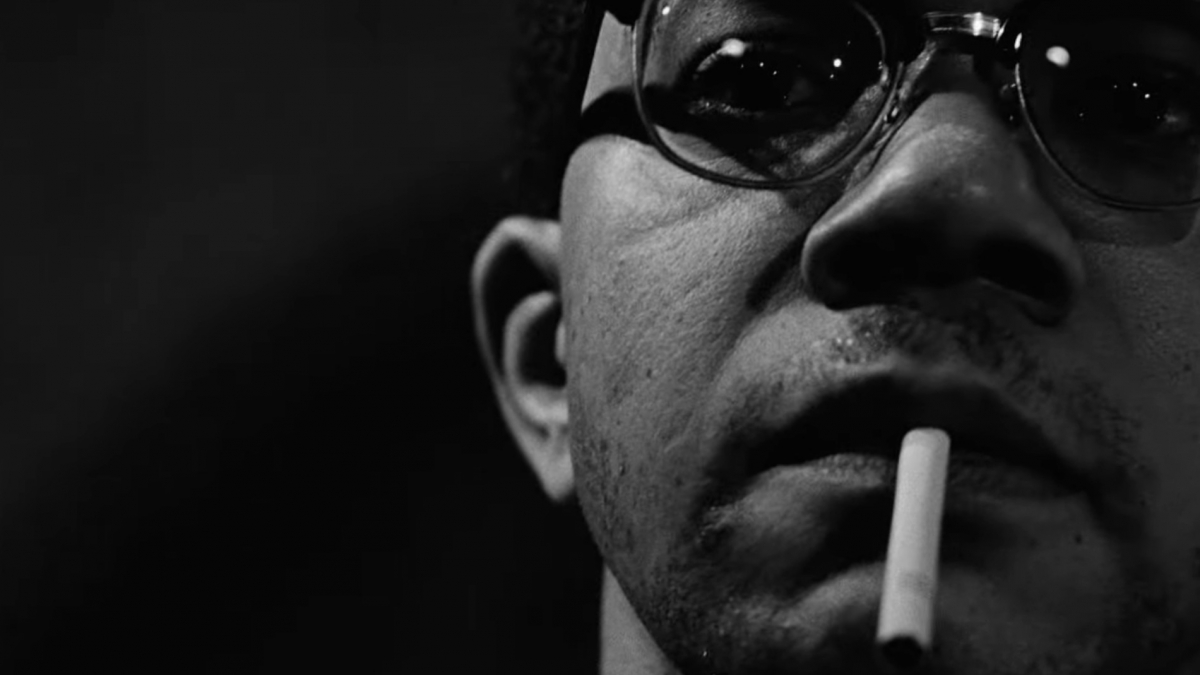Eye on a Director: Shirley and Wendy Clarke
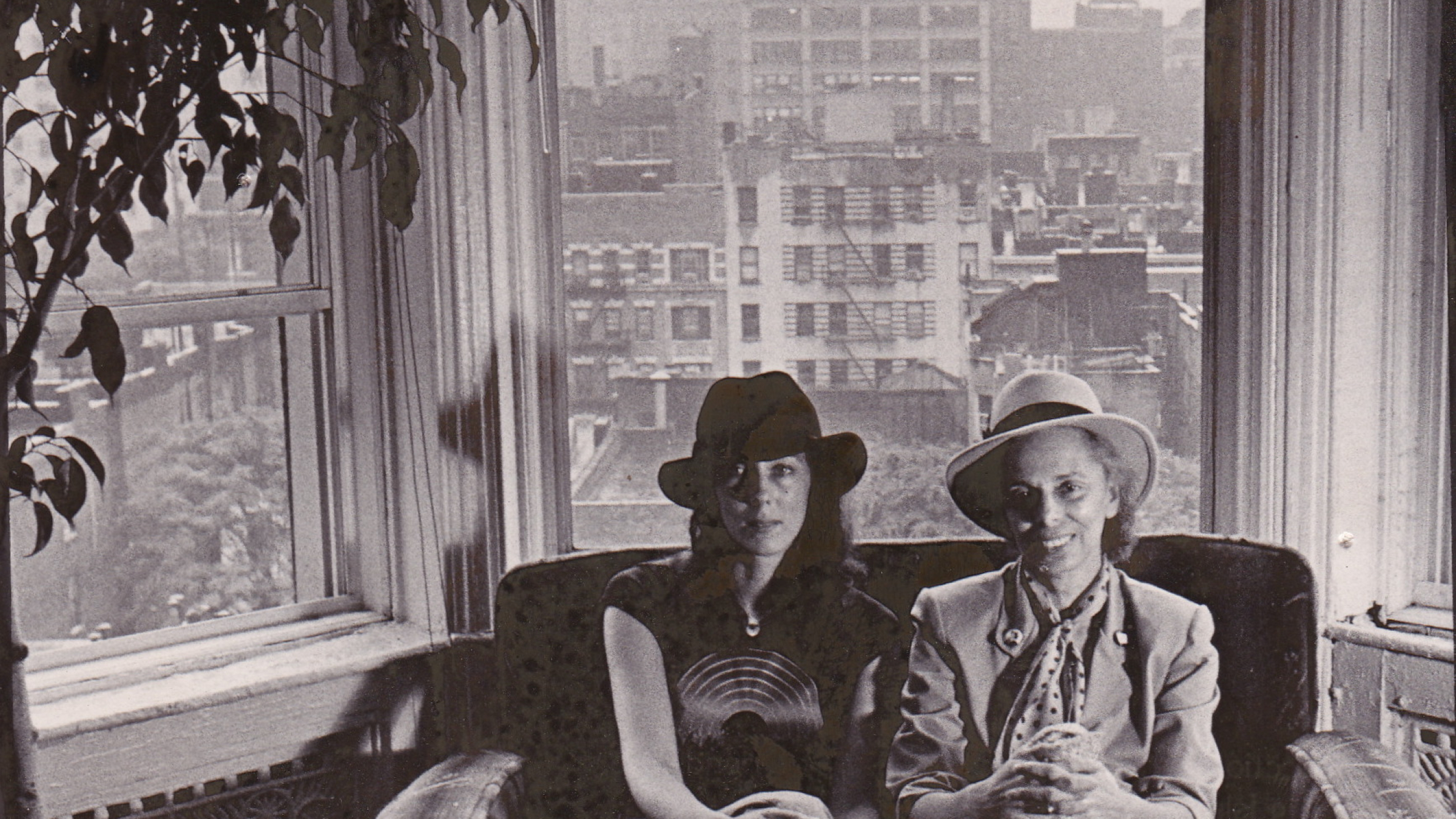
MAD is pleased to inaugurate Eye on a Director with the first retrospective on Shirley and Wendy Clarke. With a focus on experimental craft, the Eye on a Director series looks at underrepresented voices in film and video history and features artists that actively test the limits of the cinematic medium, challenging viewers to expand their concept of the moving image. It provides a platform for cinematic authors who resisted mainstream conventions and created unique bodies of work deserving of a retrospective.
For the first installment of the series, MAD presents the works of groundbreaking experimental filmmaker and cofounder of the Film-Maker's Cooperative Shirley Clarke, alongside her daughter's, independent video artist Wendy Clarke.
Born in New York City in 1919, Shirley Clarke began her career as a dancer in the avant-garde modern dance movement, studying under Martha Graham, Humphrey-Weidman and Hanya Holm before transitioning into experimental film.
Her first short film, Dance in the Sun, was an adaptation of choreography by Daniel Nagrin and was selected by the New York Dance Film Society as the best dance film of the year. She then went on to study filmmaking with Hans Richter at the City College of New York and became part of an inner circle of independent filmmakers in Greenwich Village such as Maya Deren, Stan Brakhage and Jonas Mekas. Together, they created the New American Cinema Group, penned the manifesto “The First Statement of the New American Cinema Group” and co-founded The Film-Makers’ Cooperative in New York City.
While a highly accomplished filmmaker extolled during her lifetime, Shirley Clarke remains little known today. This, in part, is due to the early 1960s censorship laws that banned most of her work from public screenings in New York at the time of release. The Connection, a film about heroin-addicted Jazz musicians, was a landmark of cinematic realism that was subsequently shutdown following complaints of indecency based on a shot that included a pornographic magazine and a word deemed obscene.
Her other battle had to do with being a woman in a field run by men. In a 1985 interview with DeeDee Halleck at her home in the Chelsea Hotel, Shirley Clarke addresses the issues facing female filmmakers:
There's deep discrimination against women artists that is still very strong. I was a representative of tokenism. I was relied on to be the woman filmmaker. No one person can carry that burden. There's no question that my career would have been different if I was a man, but if I was a man I would be a different human being.
Wendy Clarke’s work can be seen as an extension of her mother’s interests in cinema and video, but from a radically different perspective. While Shirley Clarke’s films are bold, in-your-face and directed from a definitive point of view, Wendy Clarke, more introspective in nature, allows the characters in front of the camera to tell their own stories. It is a cinema of listening, quiet beauty and devastating emotion.
Wendy Clarke will be presenting her work alongside her mother’s for the very first time:
People have asked me if I found it difficult to be in the art world as a woman artist. My answer has been: Since I was a little girl I remember my mother taking me to dance rehearsals where I would quietly sit and watch, then watch her making her dance films (even being in some), then being a gofer and assistant on all aspects of The Cool World, then dressing the set for Portrait of Jason and finally collaborating with her at The Tee Pee Video Space Troupe. So from my point of view, my mother could do anything. She gave me the gift of gender confidence that she had to fight for. We had a very special relationship, one that not many artists that I know experienced. She was completely supportive of my work and we had long conversations about the potential of the video, film, dance, and painting mediums. My mother wanted us to show our work together and it has taken until the MAD retrospective for this to happen.
Eye on A Director: Shirley and Wendy Clarke is co-curated by Katerina Llanes, Manager of Public Programs, and Carson Parish, Audio-Visual Coordinator, at the Museum of Arts and Design.
